My last article covered where the Wright Brothers lived in Dayton. This one will highlight the places in town where they worked to turn their revolutionary ideas into the invention of powered flight.
Because the brothers made and repaired bicycles before focusing on aviation, the bike shop is the primary setting where they conducted their aviation experiments. (And it’s also worth noting that before bicycles they worked in the printing business.)
And to make things a bit more complicated there is not a single Wright Brothers bike shop, but rather several.
How Many Bike Shops Did They Work In and What Happened to Them?
The Wright Brothers worked in at least 4 separate shops in the 1890s (plus another if you include a short-lived branch location downtown).
One shop was moved to Dearborn, MI along with the Wright house at 7 Hawthorn St. Another shop still remains in Dayton at its original location, while the others have been demolished.
Wilbur and Orville launched their bike business in 1892 as the Wright Cycle Exchange, and according to multiple sources the first two shops they occupied were located on the same block at 1005 West Third and then 1015 West Third Street.
Some have also stated that the first Wright Brothers bike shop was located in the structure that later became the Gem City Ice Cream building, which was demolished in 2022.
But research by Matt Yanney on his website Getting the Story Wright shows that this is not the case.
Confusion and Historical Inaccuracies for the First Wright Cycle Shop Locations
Yanney explains that in 1892, 1005 West Third Street consisted of a small single story structure that was demolished for the construction of a 2-story building (the Nicholas Block) that was later expanded into the ice cream factory. This means they could not have occupied any part of the Gem City Ice Cream Building, despite many reports to the contrary.
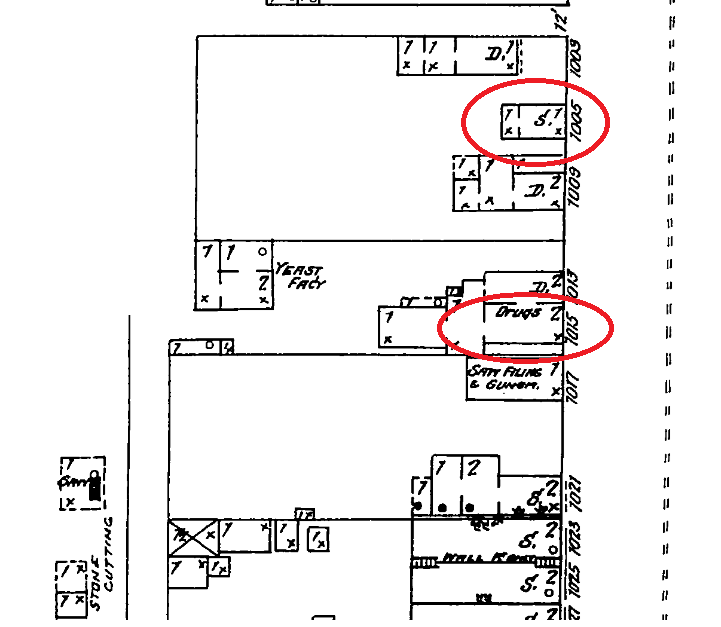
But he also shows evidence suggesting that 1015 West Third Street was their first shop location, and that the brothers never actually had a shop at 1005 West Third at all.
Yanney believes the mistake occurred when Orville was interviewed in 1936 and editors added an incorrect address to his general description of the first shop location, which was repeated in Fred Kelly’s 1943 official biography The Wright Brothers without any further input from Orville. This is supported by the fact that numerous ads for the 1015 shop location appear in The Dayton Evening Press but none for 1005; in fact there are no references to it at all before the 1936 interview. (Read Yanney’s full article for more details.)
In 1893, the brothers moved to 1034 West Third Street where the name of their company changed to the Wright Cycle Company.
The brothers’ fourth shop is the one that still stands at 22 South Williams St. This is where they worked from 1895 to 1897, and where their business evolved in a couple of different ways that affected their forays into aviation.
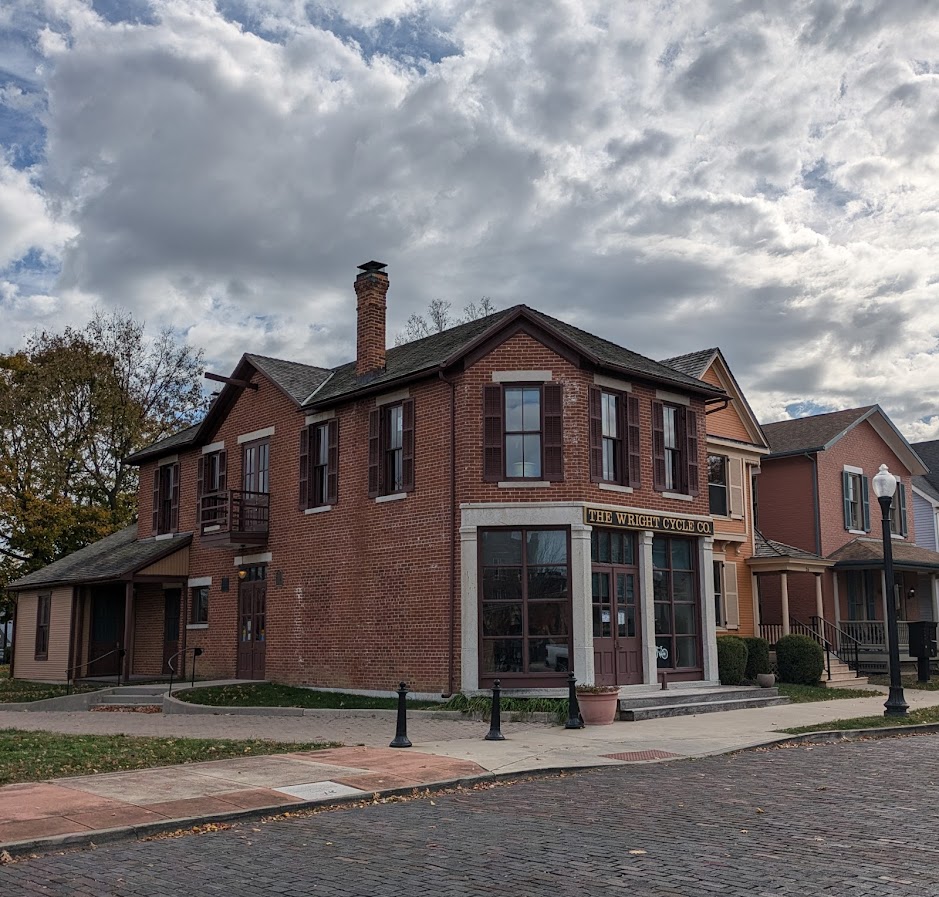
First, they began selling their own brand of bicycles, “which gave the brothers the mechanical experience and financial resources necessary to began their experiments into powered human flight.”
It was also while working in this shop when “the Wrights’ passive interest in flying turned to active research and development.” At this point they also operated a downtown branch store at 23 W 2nd St, which closed in 1896.
They moved to their fifth shop, located at 1127 West Third Street, in 1897, and this is the famous one that was moved away from Dayton.

The brothers occupied it from 1897 to 1909, during the years they made their most significant advances and stopped producing bicycles altogether to focus on the airplane. This shop was where they conducted experiments and eventually built their gliders as well as the first powered Wright Flyer airplane in 1903. It was moved to Greenfield Village by Henry Ford in 1937.
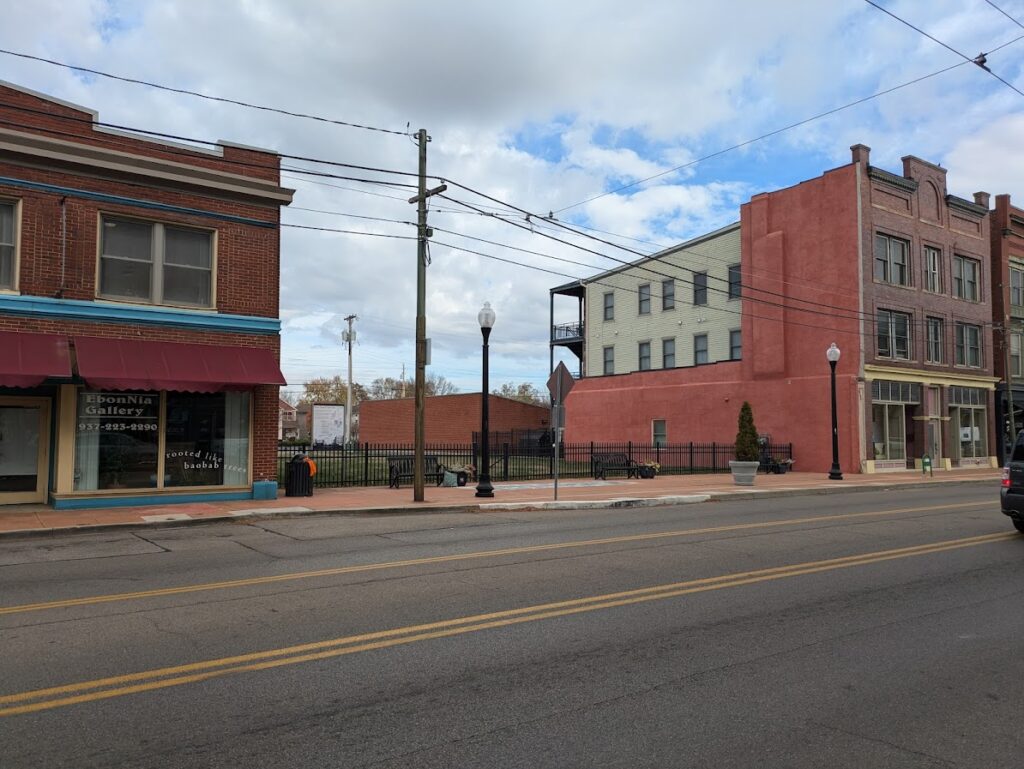
Preservation of the Wright Brothers Bike Shop
Since the most significant shop was moved from Dayton, and several others demolished, there is only one remaining at its original location. And it’s something of a miracle that it wasn’t lost as well.
Soon after the Wrights moved out of their space in 1897 it was converted to a two-family residence. And little is known about the occupants for the next 70 or so years.
But in 1980, a magazine article by Fred Fisk about the Wrights included “a very rare unpublished photo of the Wright Bicycle shop [at 22 South Williams]” which had been provided by Marlin Todd.
At the same time, Mary Ann Johnson was conducting aviation history research in Dayton and discovered that the building was still standing.
This helped set in motion an effort to save the building, which was slated for demolition by the city, and restore it to its appearance during the time the Wright Brothers occupied it.
The building was first purchased by Dr. Jerry Meyer to fend off the bulldozer, then it was purchased by Aviation Trail, Inc. a nonprofit of which Johnson was a co-founder, and restoration work began in 1985 and lasted three years.
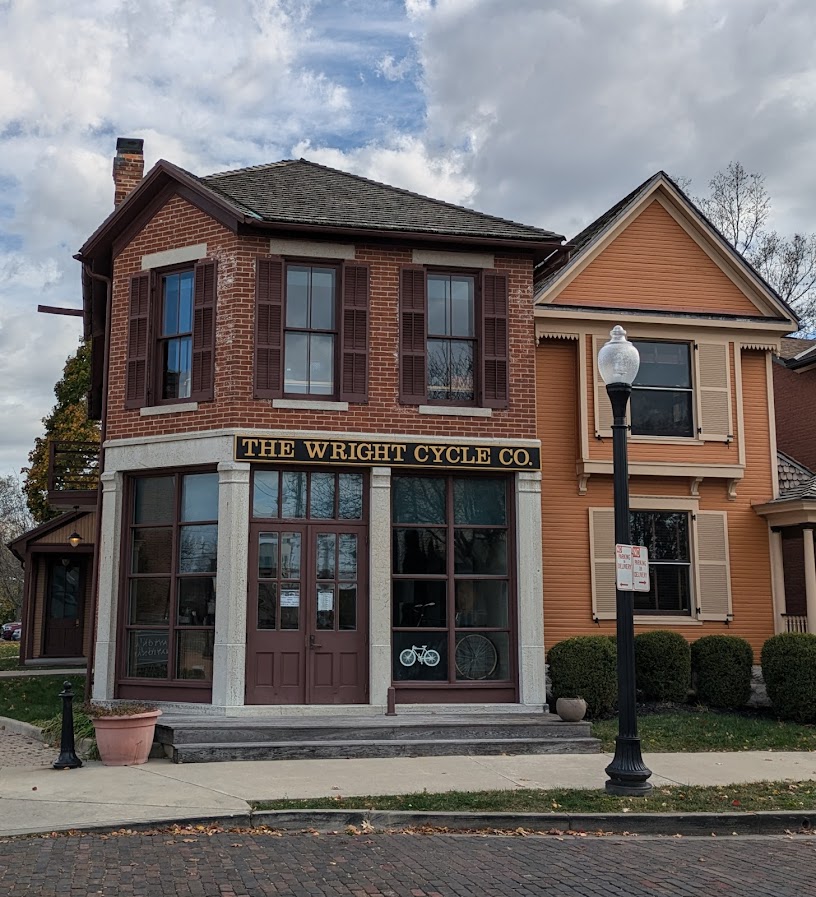
In 1989 the West Third Street Historic District, including the cycle shop and the nearby Hoover Block where the Wrights operated their printing business, was added to the National Register of Historic Places.
And in 1992, the Dayton Aviation Heritage National Historic Park was created by and act of congress, and a couple of years later the building came under the ownership of the National Park Service, which still operates the interpretive center dedicated to the Wrights as well as Paul Laurence Dunbar, whose home is also just a few blocks away.

Sources
https://www.nps.gov/daav/learn/historyculture/wright-cycle-company-complex.htm
https://www.nps.gov/thingstodo/tour-wright-cycle-shop.htm
https://npshistory.com/publications/daav/wright_cycle_hsr.pdf
https://wrightbrothershistory.blogspot.com/2021/03/the-wright-brothers-print-and-cycle.html
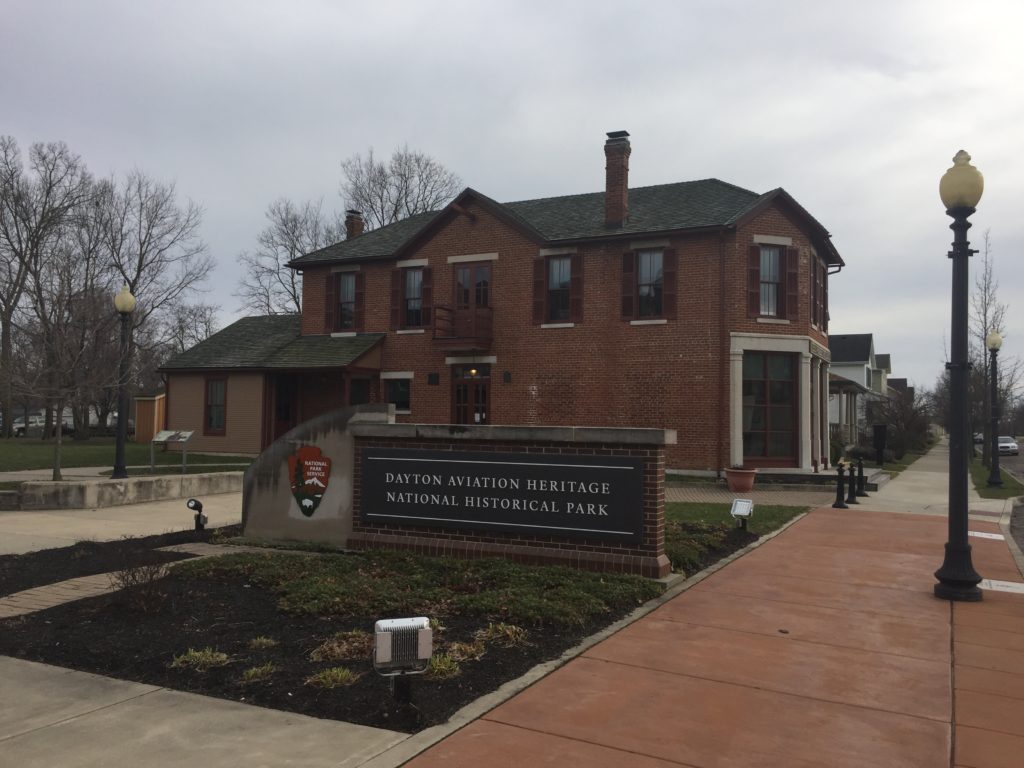
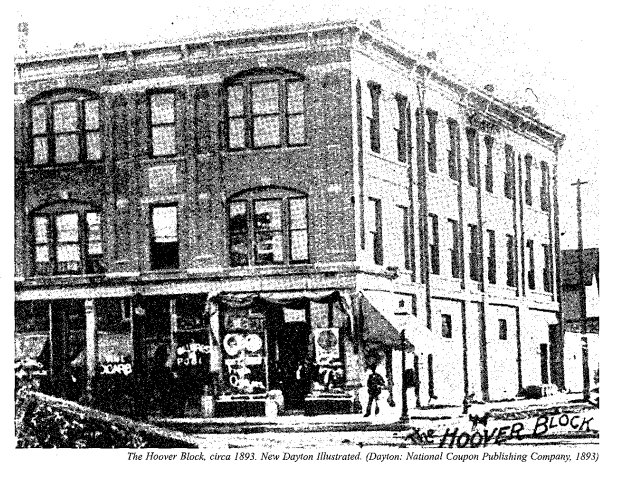
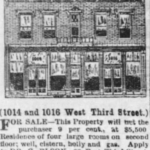
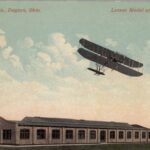
Andrew,
Just to clarify, I believe that 1015 West Third Street was the location of the first Wright Cycle location, and 1034 West Third was the second location. I believe the 1005 address was in error and that the Wright’s never occupied that address. I revised my two posts on the subject to make that more clear.
Appreciate your love of Dayton history!
Matt Yanney